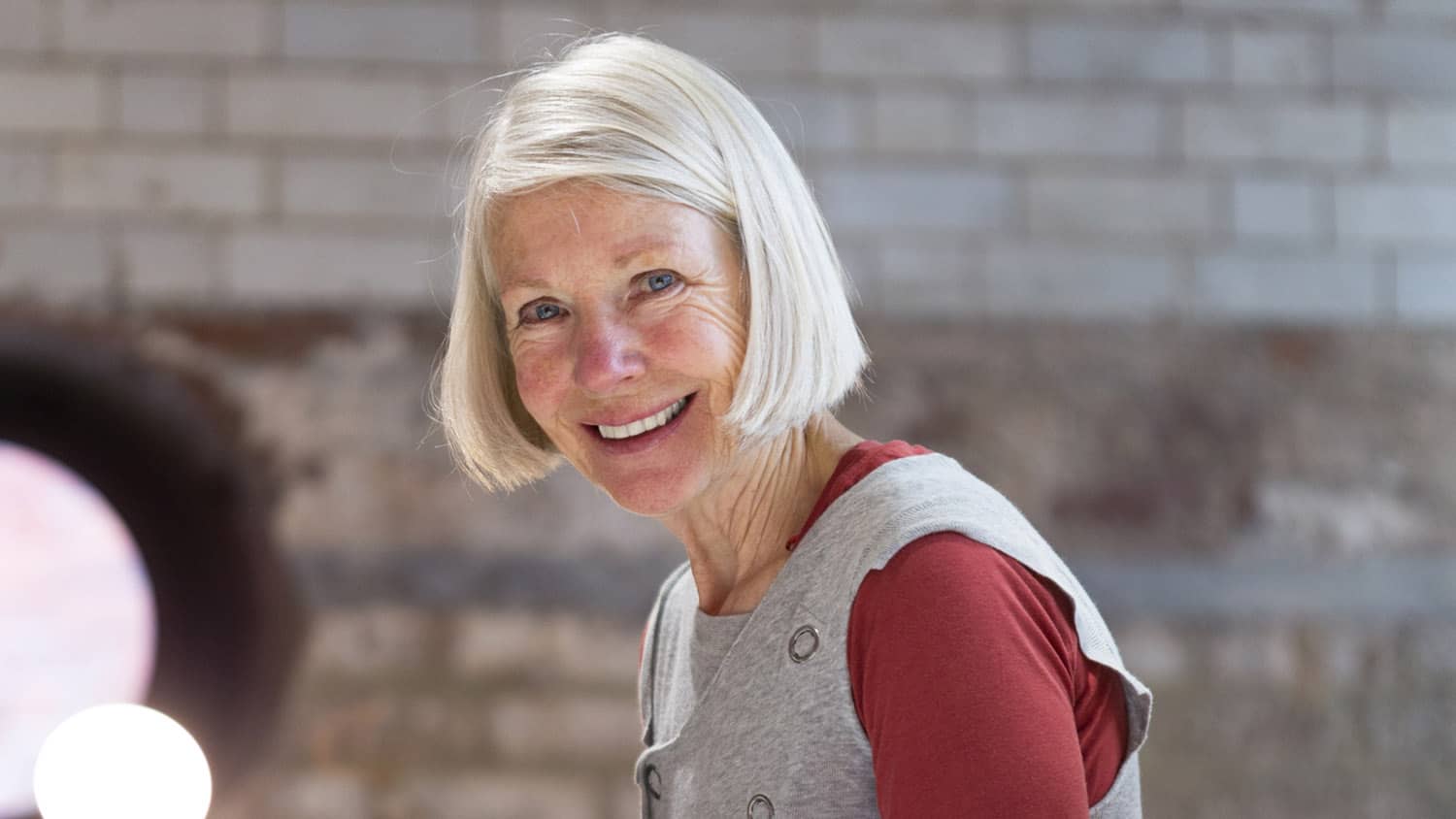
Designing for Longevity: 9 Creative Solutions for Healthy, Independent Living
Recently, I had the pleasure of sitting on a panel of judges for the fourth Design Challenge sponsored by the Stanford Center on Longevity. I reviewed several innovative ideas that encourage active and independent living as we age.
These ideas came out of the creativity and technological know-how of many young and eager university students from around the globe, and the variety of products and designs was impressive.
Altogether, 75 submissions were submitted from 43 universities representing 8 states and 12 countries; an increase of 50% over the prior year’s submissions! This is yet another positive sign that the marketplace serving the over-60 population is truly heating up as baby boomers swell the numbers in the “over 60” demographic, and entrepreneurs, designers and marketers are anxious to do business with us.
As Ken Smith, Director of the Challenge, noted, “We’ve seen tremendous interest from innovative student designers across disciplines, whose ideas include software, services, and consumer products that help people of all ages remain healthy and vigorous in their own homes.”
Design Challenge Finalists
I was happy to know that two of the designs I reviewed and gave high scores to made it into the top nine finalists, and they’ll be presenting their designs in a final judging on March 30. The nine finalist teams were awarded $1,000 each to develop their designs further, and they will present their designs to companies and investors to compete for a $10,000 first prize on that date.
If you happen to be near Palo Alto, California, you can attend the final judging; it’s open to the public. The event is free, but you have to register ahead of time. Click here to register for the 2017 Stanford Center on Longevity Design Challenge Finals.
Curious to know what these young designers came up with? Here’s a quick recap of the nine winning designs:
A-Helper – Beijing University, Beijing, China
This gardening tool focuses on the desire of older people in rural China to be able to grow their own vegetables, a traditional pastime made difficult by the movement of the younger generation to more urban environments.
BeeHome – University of California, Berkeley (one of my choices!)
This software platform matches seniors with tenants who offer them assistance on household chores in exchange for a more affordable housing option.
GoGoGrandparent – Stanford University, Palo Alto, CA
A technology platform with a touch-tone interface that allows seniors without a smartphone to take advantage of ridesharing companies like Uber and Lyft.
Rendever – Massachusetts Institute of Technology, Cambridge, MA
A virtual reality device that enables three-dimensional visits to travel destinations and places people remember from the past.
Seat Case – Cornell University, Ithaca, NY
This suitcase is designed to double as a stable seating platform for seniors on the go.
SmartLift – University of Waterloo, Toronto, Canada
A sit-to-stand device that helps prevent strains and injury when moving in and out of a chair.
TAME – National University of Sciences and Technology, Islamabad, Pakistan
An assistive glove whose technology enables those with hand tremors to manipulate objects in a more stable and secure manner.
Timtim por Timtim – University of São Paulo, São Paulo., Brazil
Classes designed for people ages 60 and over that explain the technology most relevant to their lives, in a downloadable format.
Uppo – Virginia Tech, Blacksburg, VA (the other one of my choices!)
A mobility device whose design is intended to help users maintain a sense of security without compromising posture.
About the Stanford Center on Longevity Design Challenge
This global competition was first mounted in 2013, and is aimed at encouraging students to design products and services to improve the lives of people across all ages. The Challenge is focused on ways to motivate and empower people in their daily lives both inside their homes and in their community, and is conducted in collaboration with Aging 2.0. The challenge is made possible by generous sponsorship from a number of companies and foundations, including Halbert Hargrove Global Advisors.
If you’d like to learn more about the Design Challenge, visit the Stanford Center on Longevity’s Facebook page, RedesignLongLife. And check my blog on Roommates4Boomers for more news on the winners after the final competition.
Have you been keeping up with new products and services that are designed to help you stay active and independent as you grow older? Do you have a wish list of “inventions that haven’t been invented yet” that could help you with tasks that you’re finding a little more difficult? What’s the latest “best thing” you’ve found that helps you stay young, active, and connected? Please join the conversation.
Tags Getting Older






